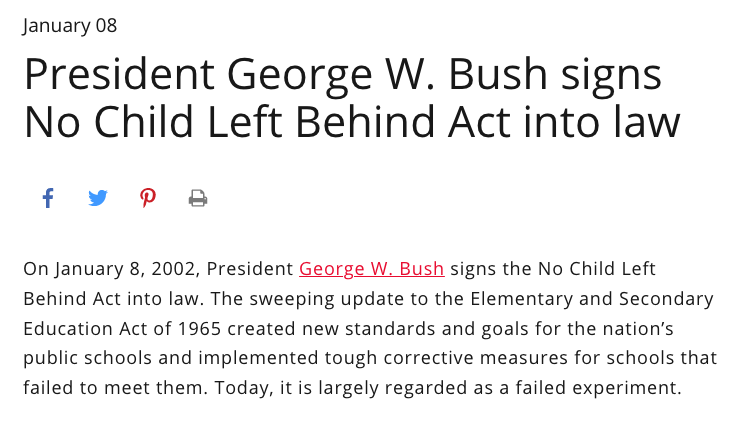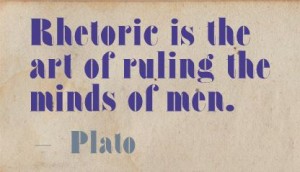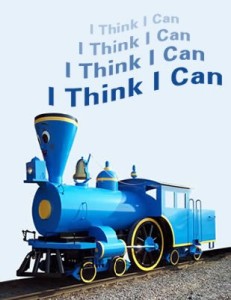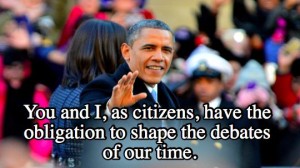No Child Left Behind (the Elementary and Secondary Education Act – ESEA) has forced the direction of education “reform” without bringing to the table those who understand the needs of our communities and our children — the real stakeholders — the People. The choices we wanted in policy were never brought to the decision-making table.
That federal law combined with our financial wrong turns as a nation and the misguided reforms of the last three decades has brought public education to a crossroads. Only as a united nation can we prevent the system from being brought to its knees. Choices must be made.
Choices must be made.
Provide standardized education for the masses with individualized instruction for the lucky few and those that can afford it, or provide equal access to quality education?
Allow teaching to become another low-wage trade, ripe for outsourcing and importing, or remain a profession that we can continuously improve?
Spend our education dollars to support privatization of public schools, or invest in supporting and strengthening the institution of public education?
Continue to follow the pretense of reforms, or solve local school improvement problems?
Keep —through the Every Student Succeeds Act (ESSA)—the failed national practices cemented in place by No Child Left Behind, or force politicians to listen and act upon the choices that should have been on the table to begin with?
There is an alternative and federal law requires lawmakers to evaluate and update the Elementary and Secondary Education Act (ESEA/NCLB/ESSA) in 2020. But if we don’t put our choices on the table, the law will not serve us well. Isn’t that what we learned from the failed No Child Left Behind experiment?





